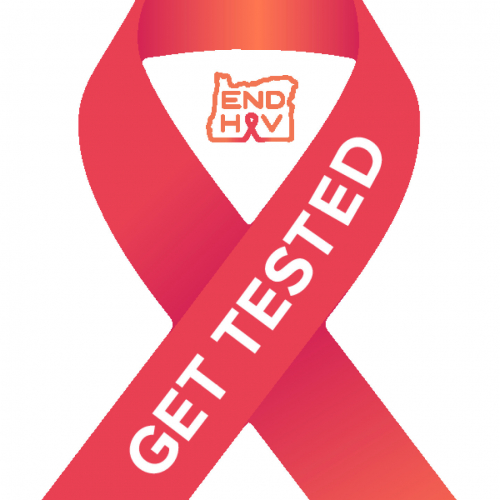By Azara Lavia
The HIV/AIDS Secretariat has reported that HIV cases in Antigua and Barbuda have remained relatively stable over the last five years, with an average of approximately 44 new cases per year. While this may not signal a dramatic rise, health officials warn that the trend is concerning enough to warrant sustained public awareness and personal responsibility.
Acting Deputy AIDS Program Manager, Oswald Hannays, in an exclusive interview with Observer media, shared that the annual number of new HIV diagnoses has fluctuated slightly year by year with 29 cases reported in 2020, 51 in 2021, 45 in 2022, 49 in 2023, and 47 at the end of 2024.
The spike in 2021 was largely attributed to the resumption of regular health services following the height of the COVID-19 pandemic.
The Deputy Program Manager revealed that the data continues to show that the heterosexual population remains the most affected.
“Well, it should be told, more than 90 percent of the persons who are diagnosed annually, and I can say this has gone back at least for the last 10 years and even beyond that, the heterosexual population has always been a population of concern. Contrary to popular belief in the general public, the vulnerable populations, as you mentioned, the LGBTQIA+ community, are not more impacted than the heterosexual community”.
As the Secretariat pushes forward with its commitment to the UNAIDS 95-95-95 goals, Hannays noted that expanded testing is a critical pillar. “Testing must increase across the general population if we are to meet the goal of 95 percent of people knowing their status, 95 percent of those diagnosed being on treatment, and 95 percent of those treated achieving viral suppression,” he said
To support this, the Secretariat has intensified community outreach programs and deployed peer navigators to locate and re-engage individuals who have dropped out of care. These efforts aim to reduce the risk of transmission, particularly from those with high viral loads.
Stigma, however, remains a persistent barrier. The Secretariat continues to engage schools, churches, corporate organizations, and community events to educate the public and combat discrimination.
“We’re not just sticking to our calendar,” Hannays explained. “We also respond to external invitations so we can meet people where they are.”
Hannys concluded the interview with a powerful message: “You are responsible for your own sexual and reproductive health. No one should be in a relationship and not know their partner’s HIV status. Get tested. It’s free, confidential, and could save your life.”




